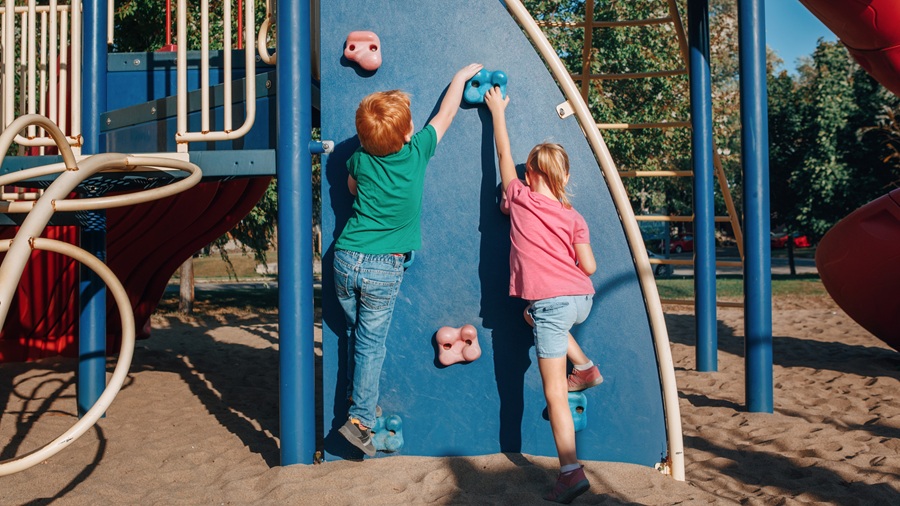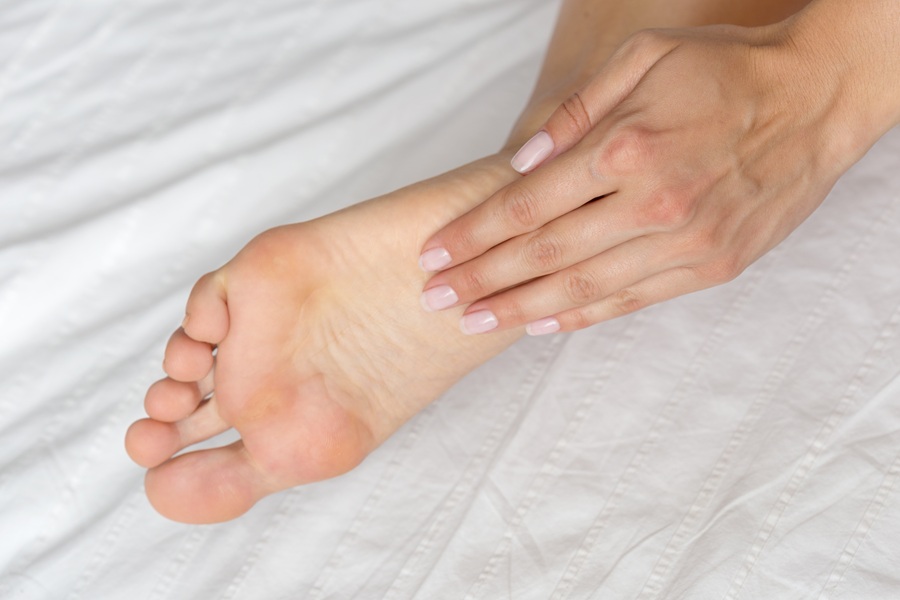From playgrounds to gym floors: Common places where warts spread
Knowing where warts spread most easily helps you take precautions and significantly reduce risks for you and your family
THE WART VIRUS doesn’t just appear out of nowhere. It travels from person to person, and certain places make that journey easier than others. If you’ve ever wondered why your child came home from school with a wart or why you developed one after joining a new gym, the answer often lies in your environment. Warts thrive in specific locations where conditions are just right for transmission.
Understanding where warts spread most easily helps you protect yourself and your family. Certain environments create perfect conditions for the virus to survive and transfer to new hosts. There are specific factors that determine what can cause wart transmission, and location is a major one. Some places are basically wart transmission highways, while others are relatively safe. Knowing the difference can help you reduce your risk significantly.
Playgrounds and Schools
Playgrounds are ground zero for wart transmission in children. These outdoor spaces combine almost every factor that makes wart spread possible.
Children gather in large numbers, play contact sports, share equipment, and constantly get small cuts and scrapes. A child with a wart touches the monkey bars. Another child gets a small cut while climbing and touches the same equipment. The virus transfers. It sounds unlikely, but it happens regularly in these settings.
School bathrooms and locker rooms present another high-risk zone. Kids use shared facilities without always maintaining careful hygiene. They walk barefoot in areas where many other barefoot children have walked. Communal spaces in schools create ideal conditions for wart virus transmission. The combination of multiple children in close quarters, shared surfaces, and young immune systems that haven’t built up wart immunity makes schools particularly vulnerable to wart outbreaks.
Shared sports equipment in schools also plays a role. Kids share basketballs, soccer balls, gym mats, and wrestling equipment. Any student with a wart can transfer the virus to teammates who have small cuts or abrasions on their hands.

Swimming Pools and Water Parks
Swimming pools and water parks are classic wart transmission sites. The warm, moist environment is perfect for the wart virus to survive. Chlorine helps reduce transmission, but it doesn’t eliminate the risk entirely.
The real problem is the area surrounding the pool. The deck, shower areas, and locker rooms are where most transmission happens. These spaces are warm and wet. Many people walk barefoot in these areas. Small cuts on the feet are common from running on rough surfaces or stepping on hard objects. A person with a plantar wart walks on the pool deck. Another swimmer with a small cut on their foot walks on the same deck. The virus can transfer.
Public changing rooms and showers associated with pools are particularly risky. These areas stay wet and warm throughout the day. Multiple people use them daily. The wart virus can survive on surfaces for hours, especially in moist conditions. Anyone with a cut or abrasion is vulnerable.
Gym Facilities and Fitness Centers
Modern gyms are common wart transmission locations for adults. Fitness enthusiasts who use gyms regularly have higher rates of warts, particularly plantar warts on the soles of their feet.
The gym floor itself presents risk, especially in areas where people exercise barefoot. Yoga studios, martial arts studios, and weight rooms often have barefoot participants. Sweat pools on the floor, and the warm environment promotes virus survival. Someone with a plantar wart exercises barefoot and leaves the virus behind. The next person to exercise in that spot with a small cut becomes vulnerable.
Gym showers and locker rooms create additional risk. These spaces combine moisture, warmth, and multiple users daily. The wart virus loves these conditions. Shared benches, shower stalls, and changing areas become transmission points. People often have small cuts on their feet from running or working out, making them vulnerable to infection.
Fitness equipment itself can transmit warts. Barbells, dumbbells, and exercise machines touched by many hands throughout the day can harbor the virus. Someone with a wart on their hand touches the equipment, leaving the virus behind. Another person with a cut on their hand touches the same equipment and becomes infected.

Communal Showers and Bathhouses
Any shared shower facility presents wart transmission risk. This includes gym showers, pool showers, locker room showers, and communal bathing facilities.
These spaces have several factors that promote wart virus transmission. The warm, moist environment is ideal for virus survival. Multiple people use the facilities daily, increasing exposure. People are often barefoot or have damp skin that’s more vulnerable to infection. Small cuts from shaving or daily activities are common in shower areas.
The shower floor, walls, and benches are touched by many people. A person with a wart uses the shower and leaves the virus behind. The next person in the shower with a small cut is at risk.
Locker Rooms
Locker rooms present a higher risk than regular bathrooms. They combine multiple factors that promote transmission. They’re warm and often humid. Large numbers of people use them daily. Many people are barefoot or partially clothed. Everyone has just finished athletic activities that may have caused small cuts or left skin vulnerable.
Locker room benches are particularly risky because people sit on them with exposed skin. Shared benches have contact with many bodies throughout the day. A person with a wart sits on the bench, and the virus remains on the surface. Someone else sits on the same bench with a cut or vulnerable skin and picks up the virus.
Sports-specific locker rooms present an even higher risk because athletes often have more cuts and scrapes on their bodies from their activities.
Childcare and Daycare Centers
Daycare centers are wart transmission hotspots for young children. These facilities concentrate many young children with developing immune systems in one location.
Children share toys, desks, and equipment daily. They play in close contact with each other and frequently touch shared surfaces. Hand hygiene in daycare settings is challenging with young children who don’t fully understand or comply with hygiene practices.
The combination of immune systems that haven’t built up wart immunity and frequent contact with shared surfaces makes daycares particularly vulnerable to wart spread.

Beauty and Personal Care Settings
Nail salons, pedicure stations, and waxing facilities present wart transmission risk if tools aren’t properly sterilized between customers. Warm water, multiple clients, and exposed skin create conditions that can facilitate transmission.
The risk increases when customers have small cuts or wounds on their hands or feet. Tools that touch these vulnerable areas without proper sterilization can transmit the virus from person to person.
The Common Thread
What makes all these locations high-risk? They share common characteristics. They’re warm and moist. Multiple people use them. People often have small cuts or vulnerable skin. Surfaces aren’t regularly cleaned with the virus in mind. Understanding these common factors helps you identify other high-risk locations beyond these typical examples.
Reducing Your Risk
Knowing where warts spread most easily helps you take precautions. Wear sandals in communal showers and pool areas. Cover any cuts or wounds before entering these spaces. Dry your feet thoroughly after moist environments. Avoid direct contact with others’ warts. Wash your hands regularly and keep them dry when possible.
Most importantly, remember that most people who are exposed to the wart virus don’t develop warts. Your immune system handles many exposures without any problem. However, taking these precautions reduces your risk further.
If you’ve developed warts despite your precautions or need guidance on prevention and treatment strategies tailored to your situation, the Edmonton Wart Clinic can provide professional support and expert advice.

